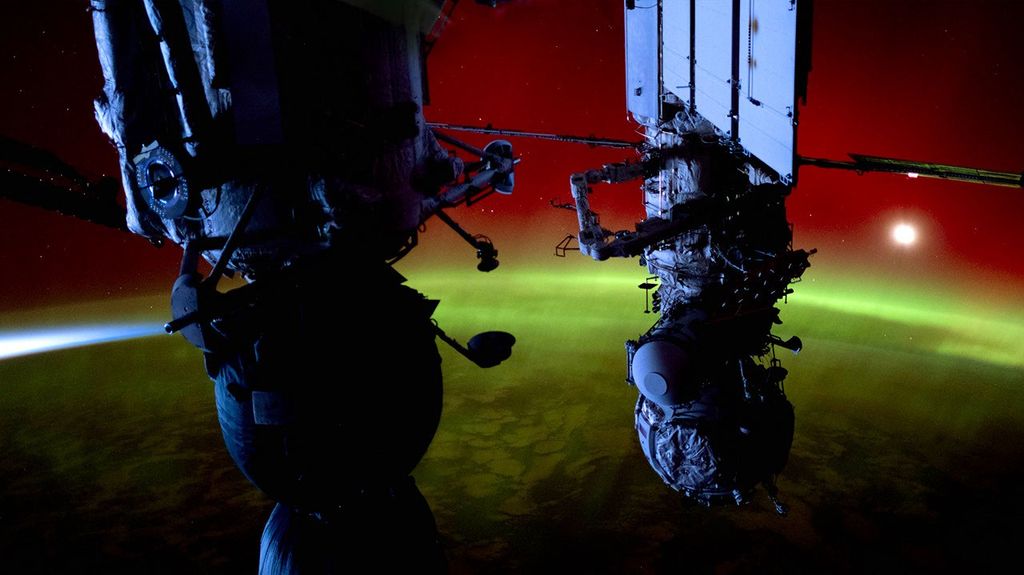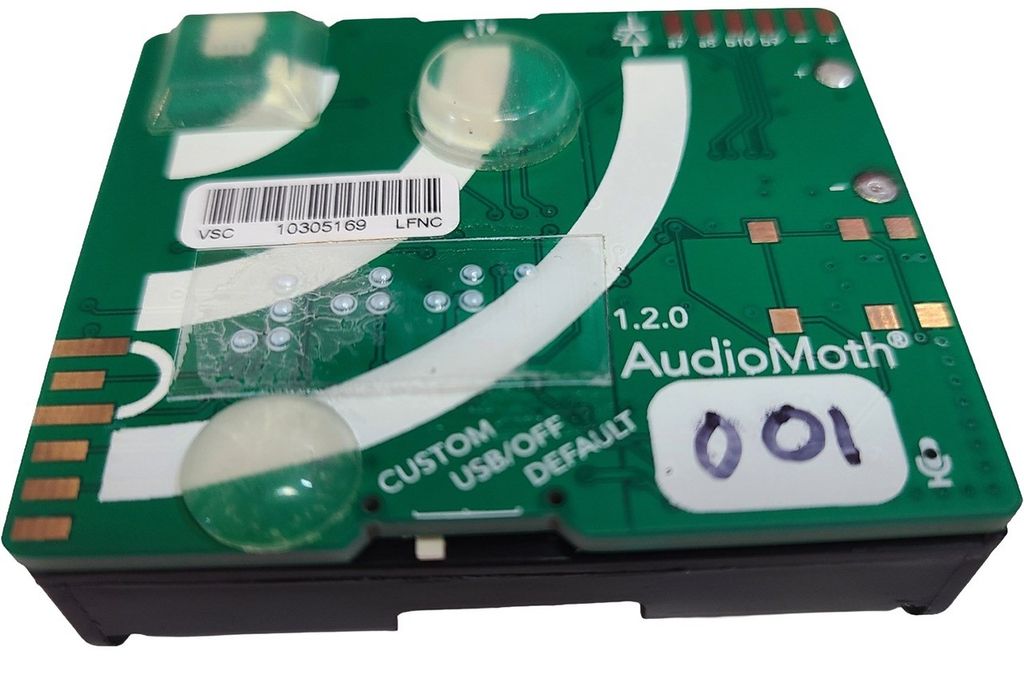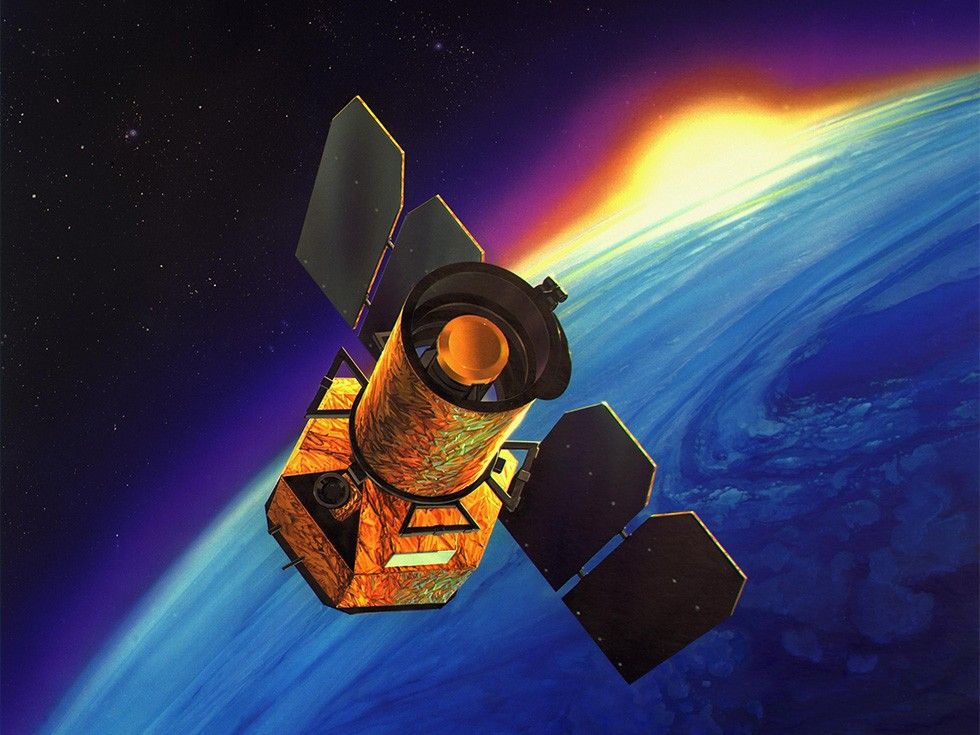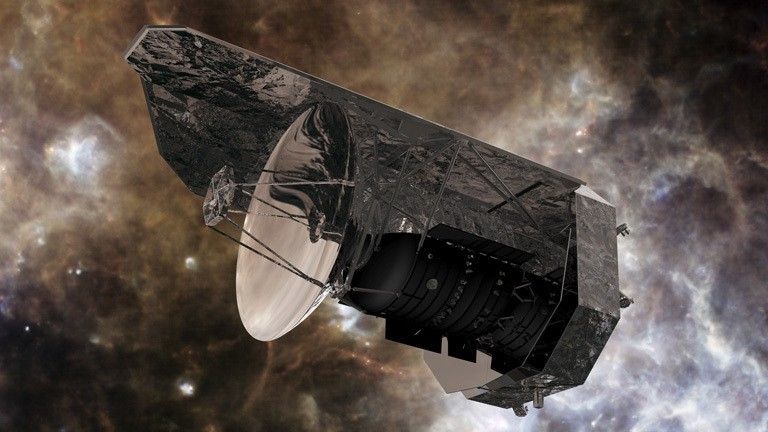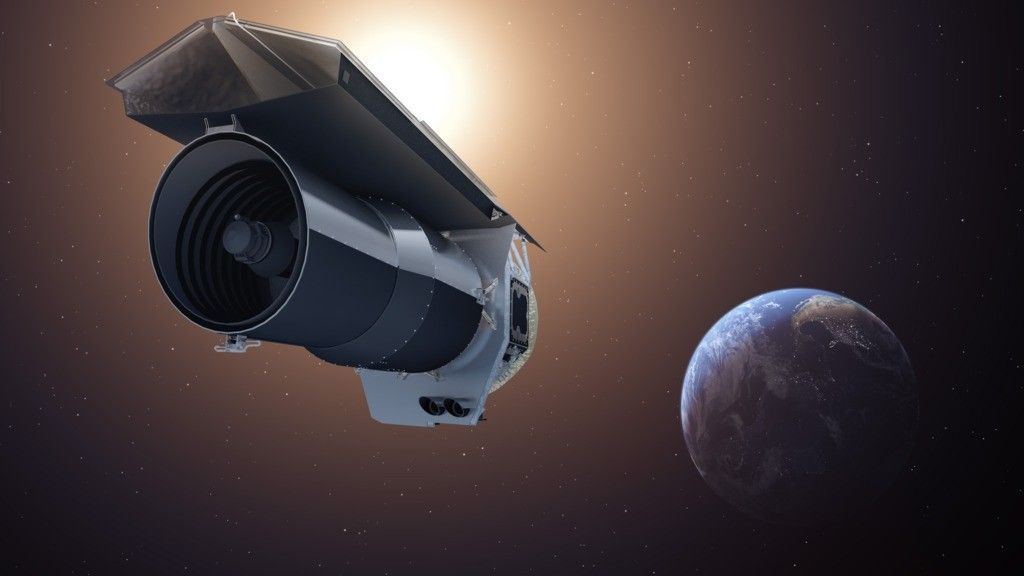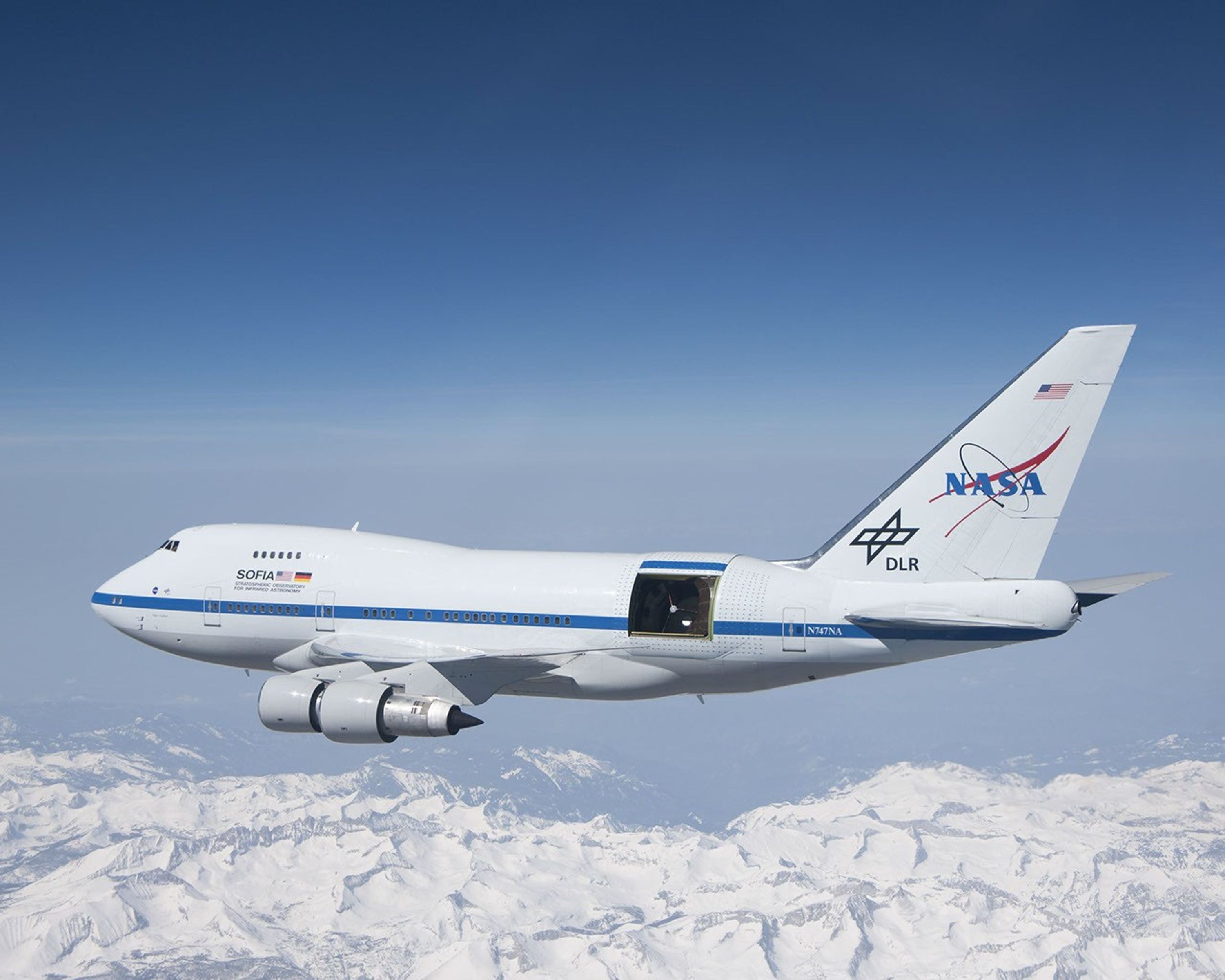
Missions
Searching for answers about our universe and its origins.
Current Missions
Active
Related
Active Missions
Our mission milestones showcase the breadth and depth of NASA science.
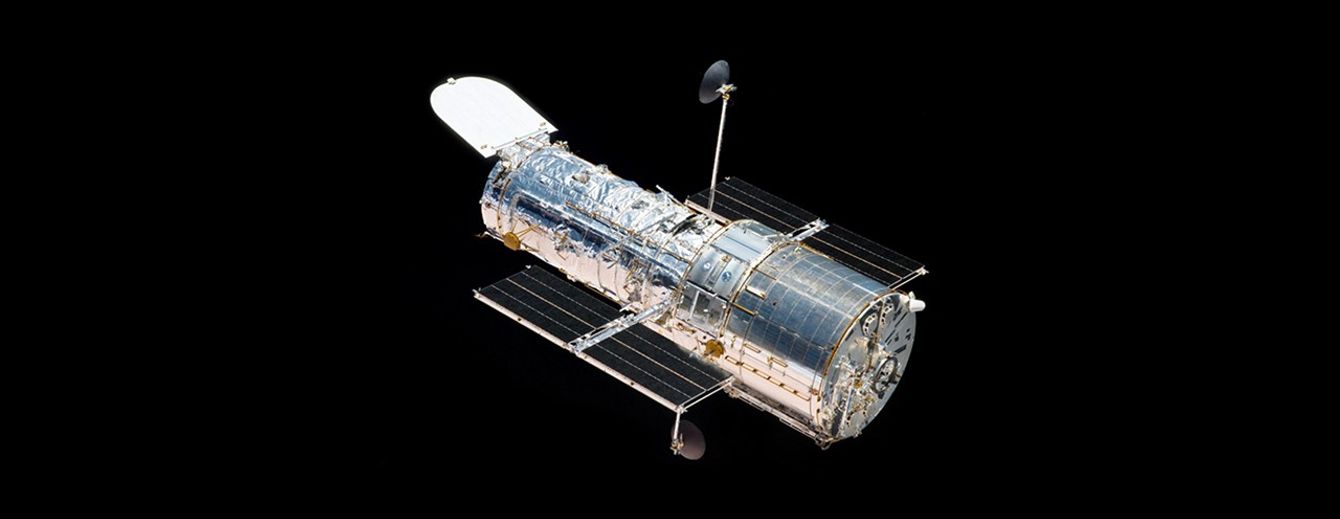
Hubble Space Telescope
Since its 1990 launch, the Hubble Space Telescope has changed our fundamental understanding of the universe.

James Webb Space Telescope
Webb is the premier observatory of the next decade, serving thousands of astronomers worldwide. It studies every phase in the history of our Universe.
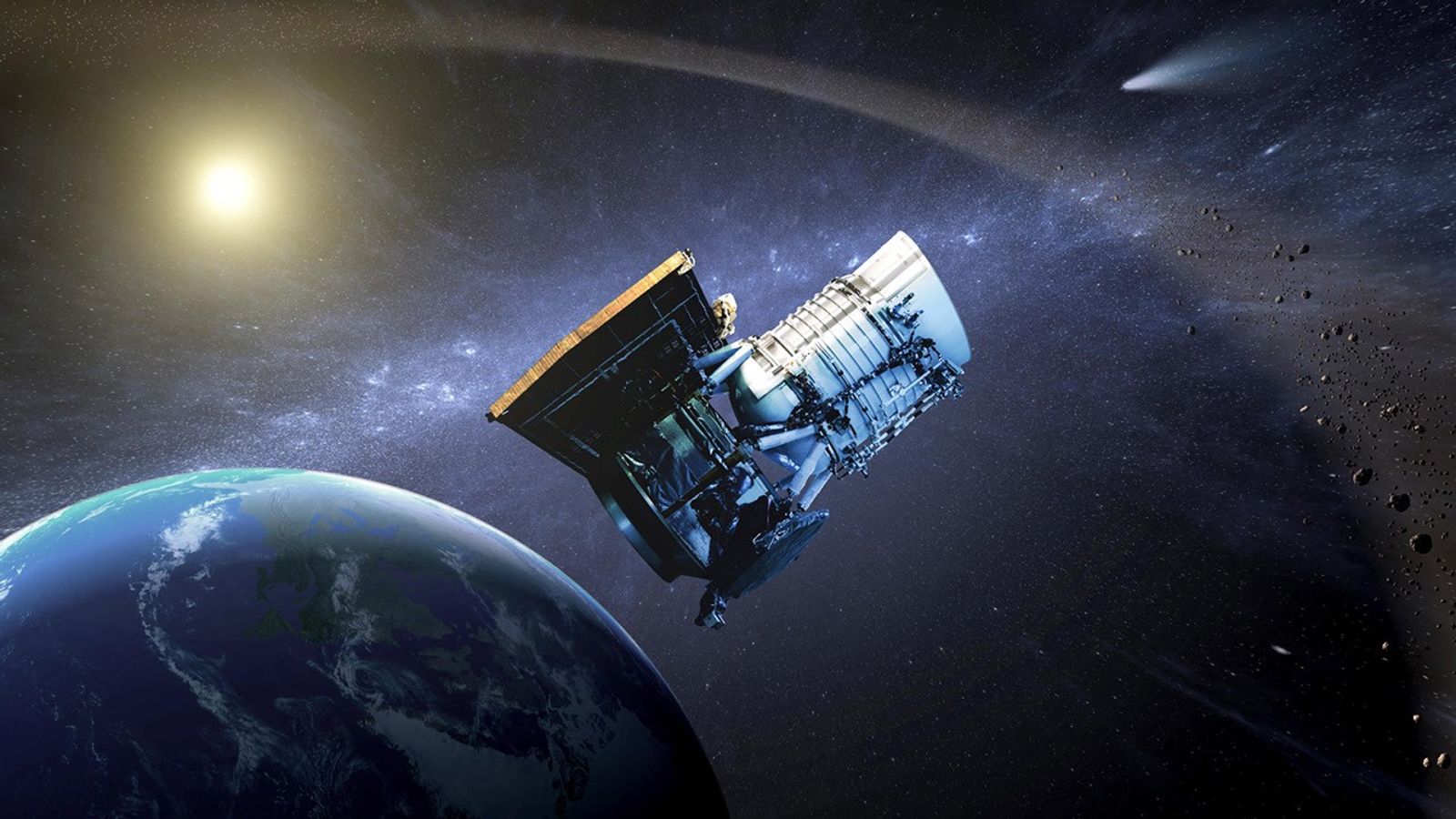
Widefield Infrared Survey Explorer (NEOWISE)
NASA's WISE (Wide-field Infrared Survey Explorer) spacecraft was an infrared-wavelength astronomical space telescope active from December 2009 to February 2011.
Related Missions
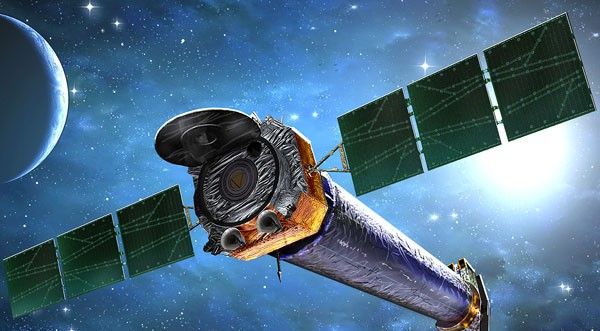
Chandra X-ray Observatory
Chandra detects X-ray emissions from very hot regions of the universe such as exploded stars, clusters of galaxies, and matter around black holes.
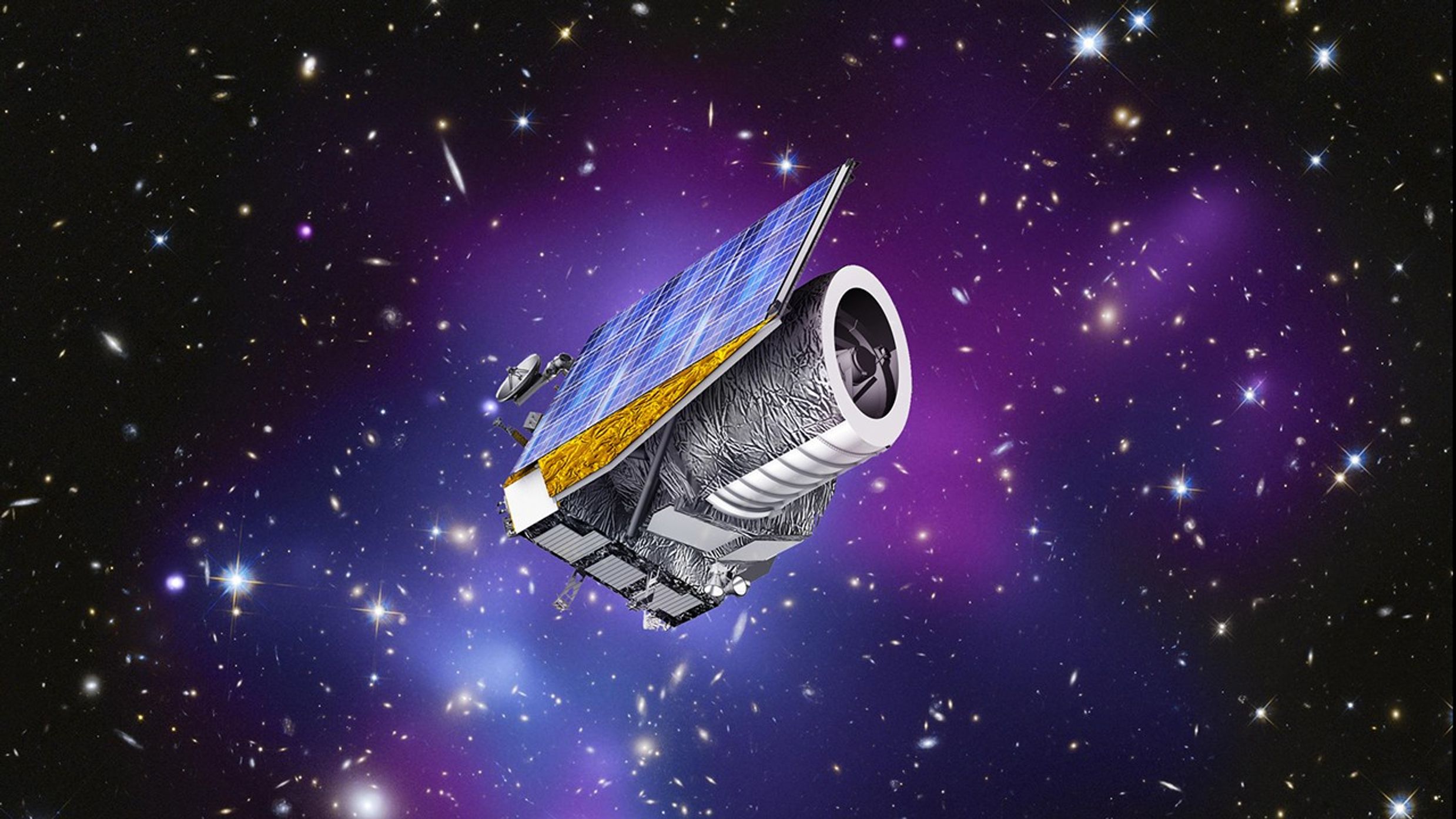
Euclid
Euclid is an ESA (European Space Agency) mission with critical contributions from NASA that aims to explore two of the biggest mysteries about the universe today: dark matter and dark energy.
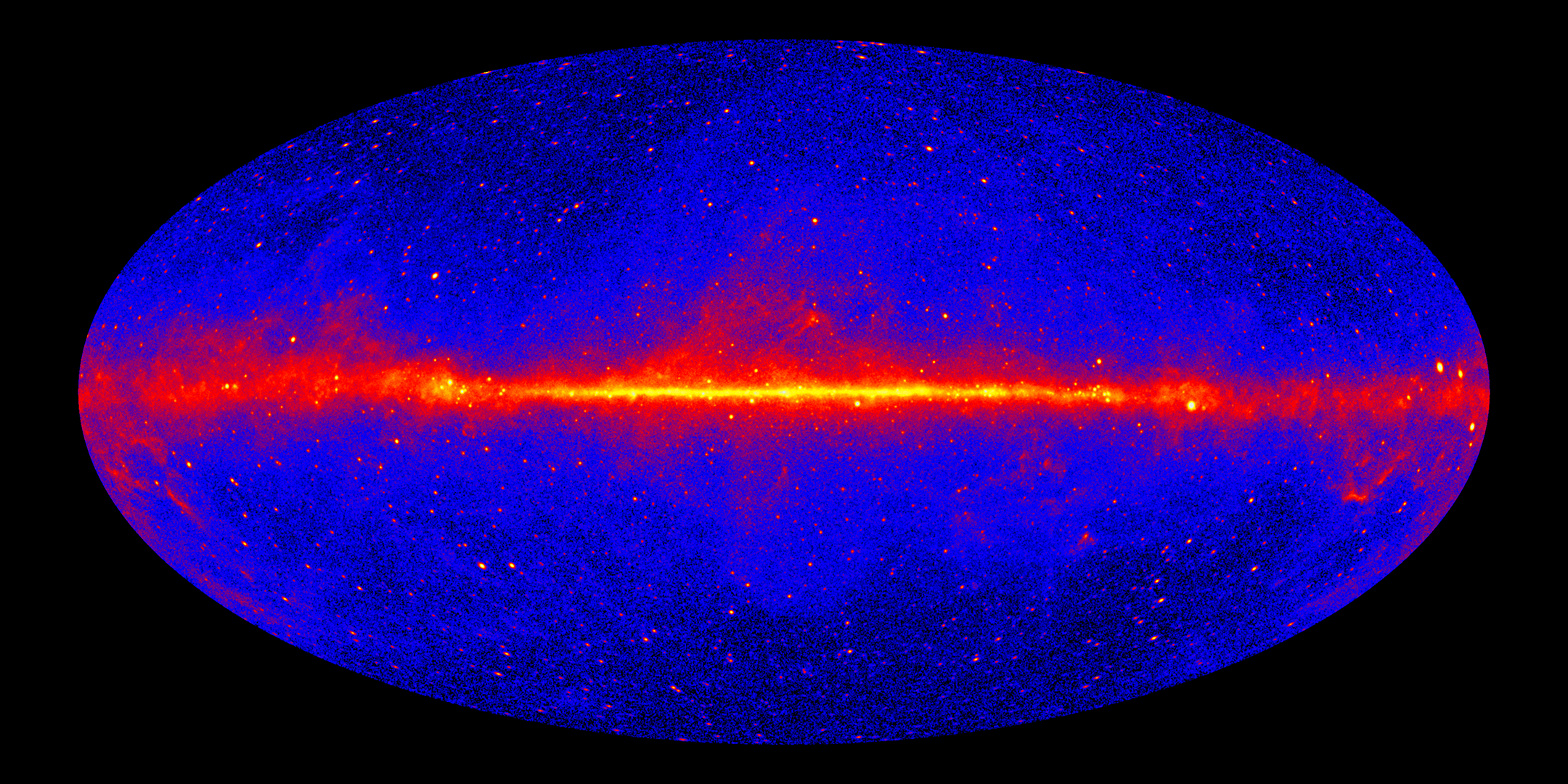
Fermi Gamma Ray Telescope
NASA's Fermi Gamma-ray Space Telescope is a powerful space observatory that detects gamma rays, the most energetic form of light.
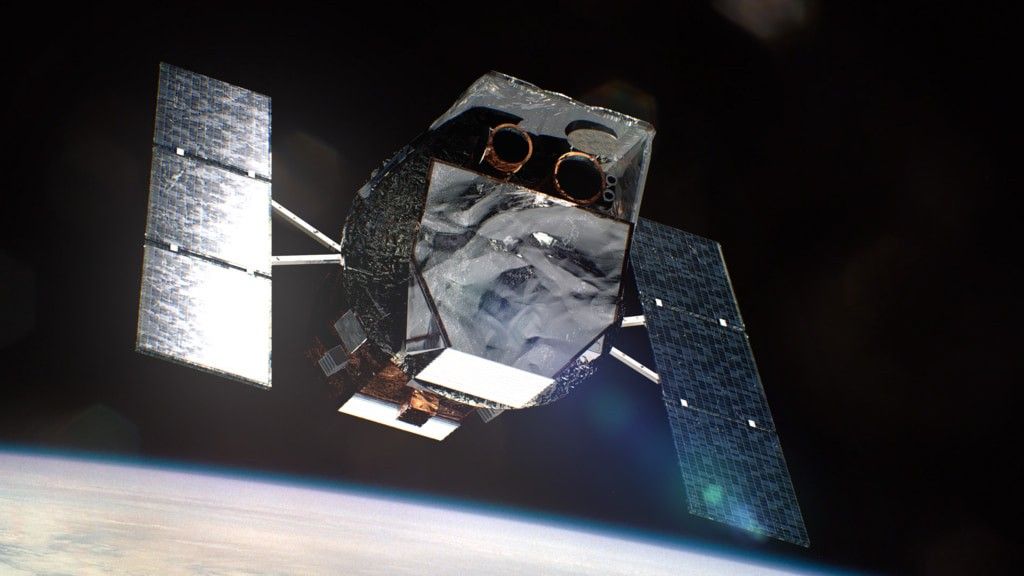
Neil Gehrels Swift Observatory
NASA’s Neil Gehrels Swift Observatory is a satellite that studies gamma-ray bursts, the most powerful explosions in the universe, and other cosmic objects and events.
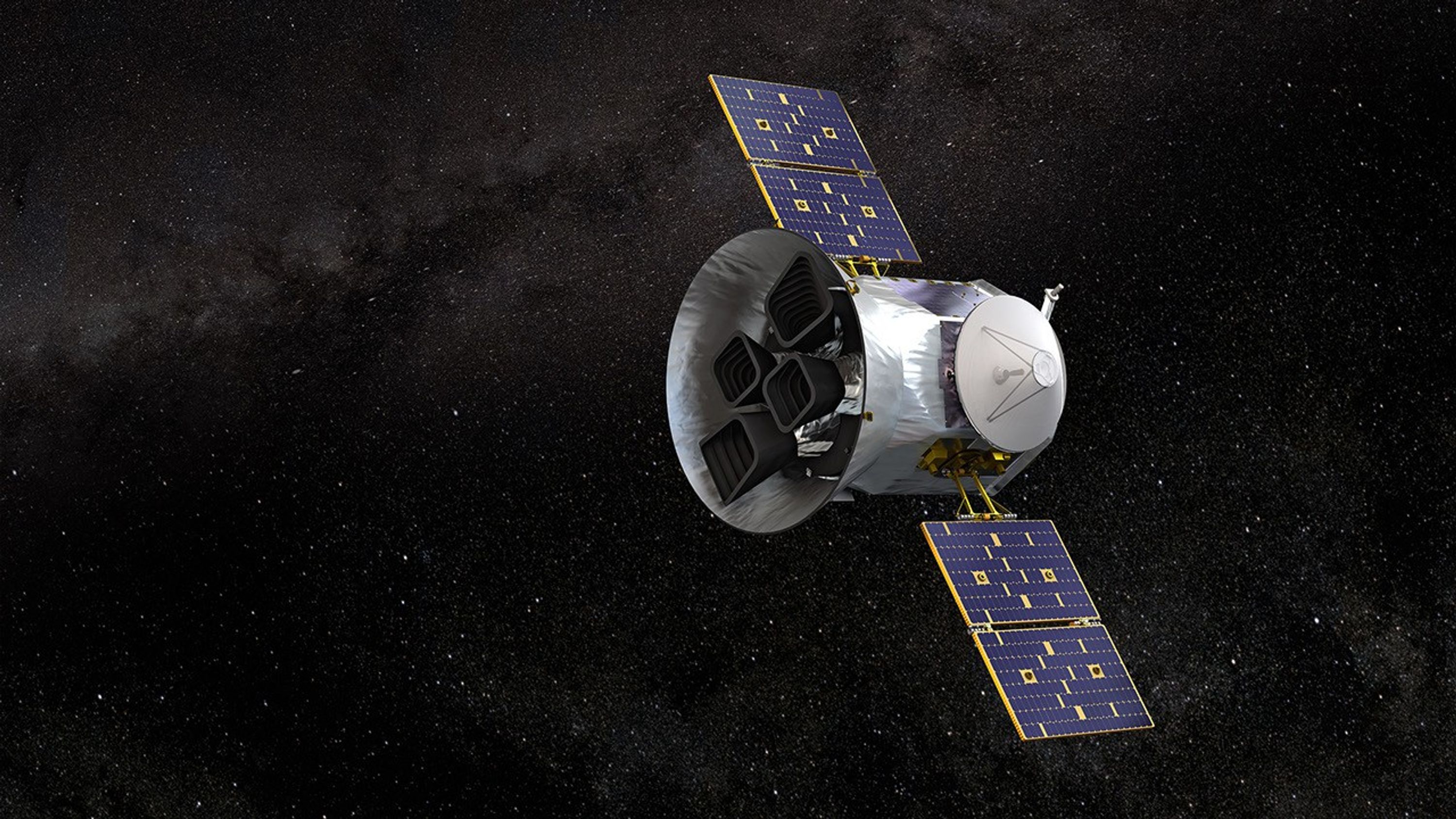
Transiting Exoplanet Survey Satellite (TESS)
NASA’s TESS discovers exoplanets, worlds beyond our solar system, and finds and monitors all types of objects that change in brightness, from nearby asteroids to pulsating stars and distant galaxies containing supernovae.
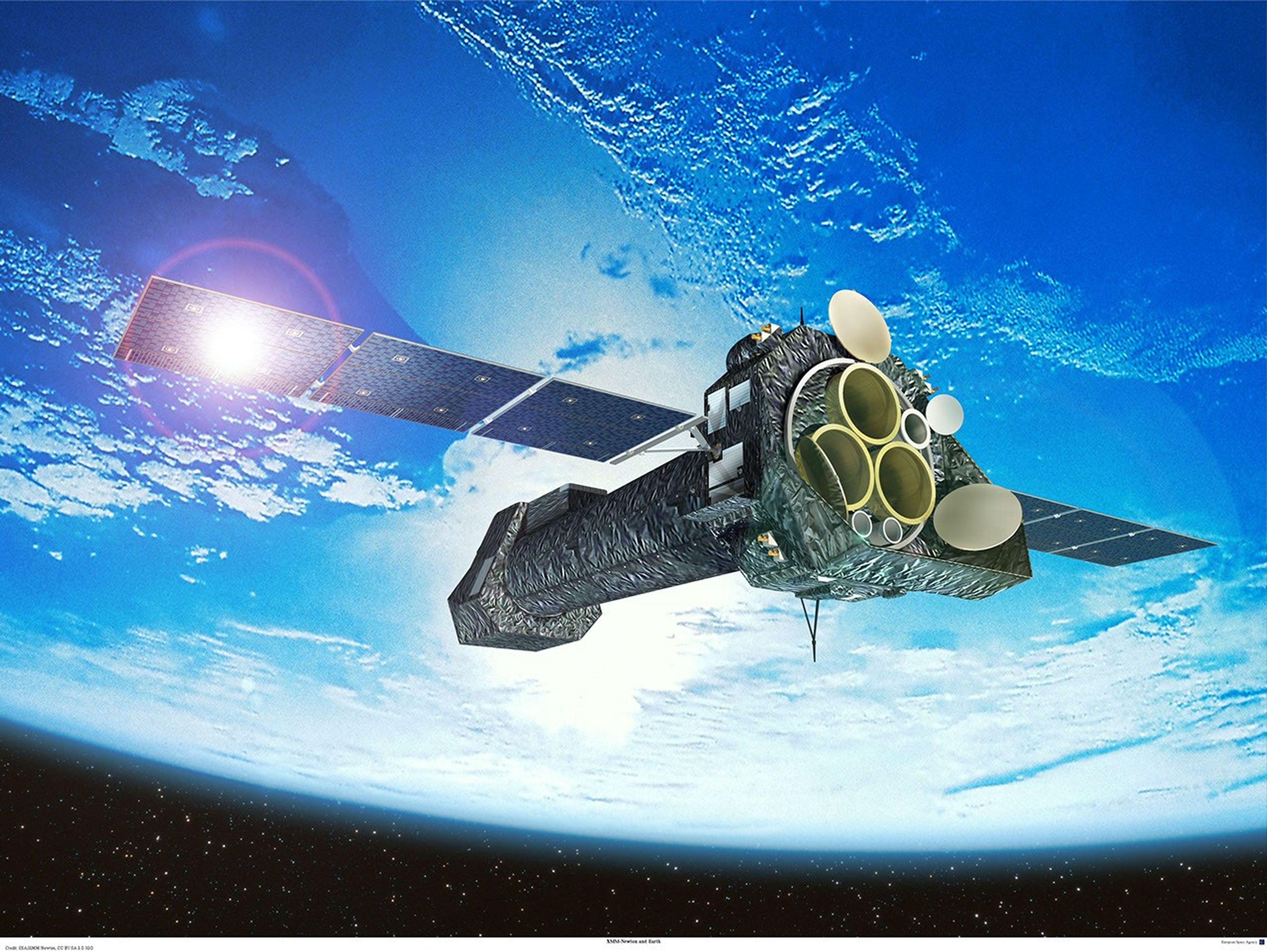
XMM-Newton
ESA's (European Space Agency) XMM-Newton is a space observatory whose X-ray and optical/ultraviolet telescopes study a wide variety of objects, from distant galaxy clusters to solar system planets.
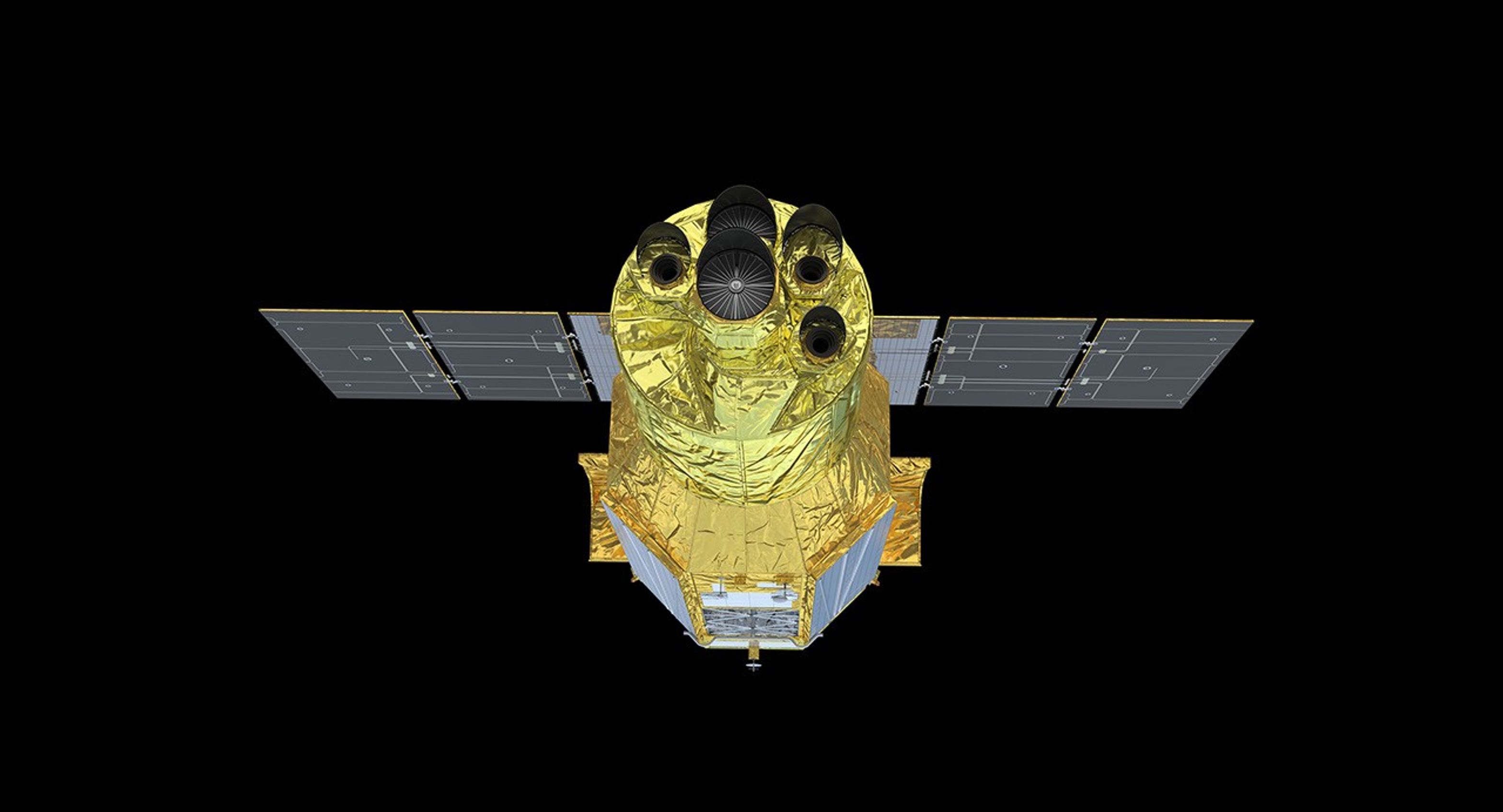
X-Ray Imaging and Spectroscopy Mission (XRISM)
NASA is partnering with JAXA (Japanese Aerospace Exploration Agency) on the XRISM mission to study celestial objects that emit X-rays.
Future Missions
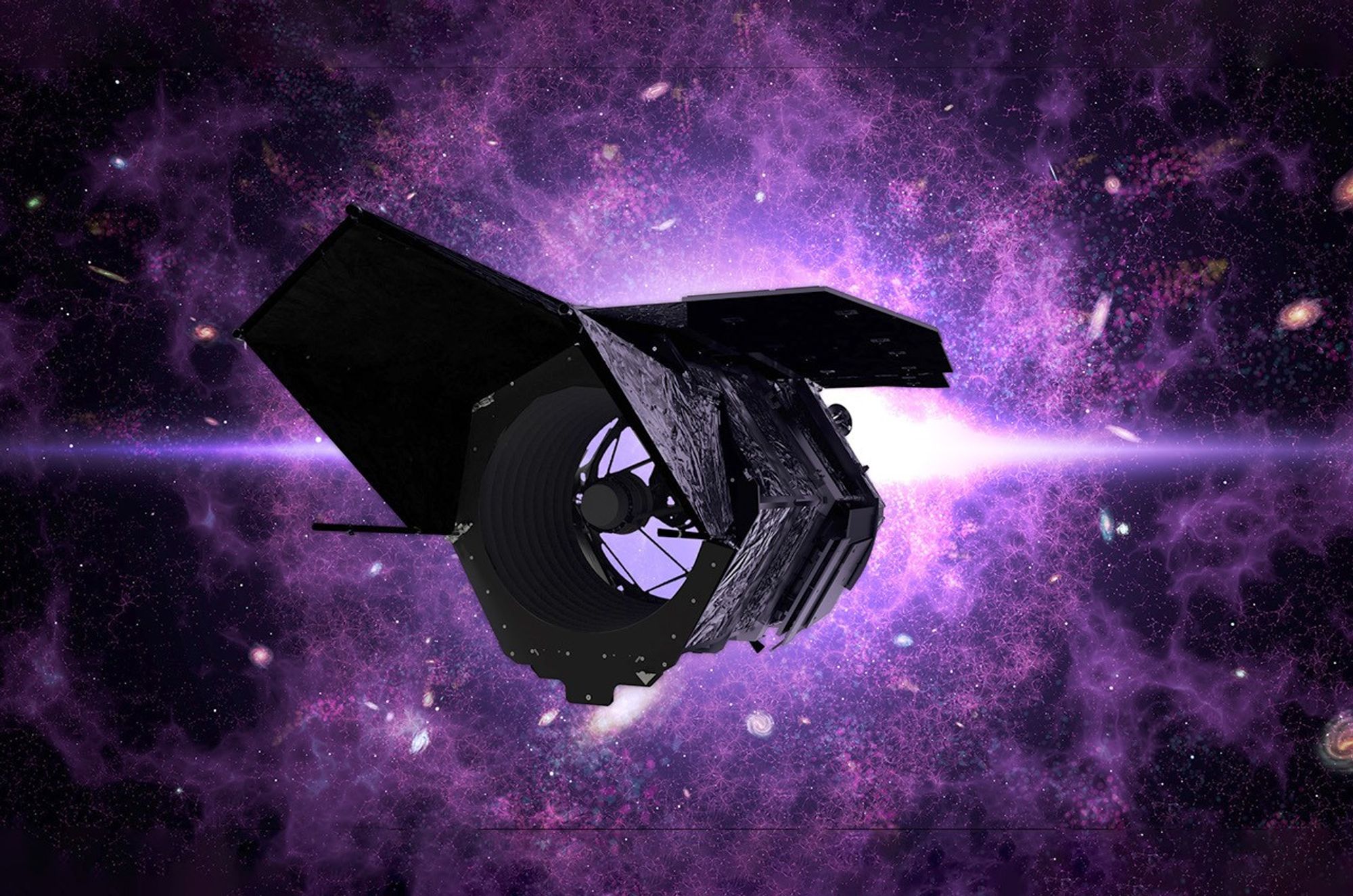
Nancy Grace Roman Space Telescope
The Nancy Grace Roman Space Telescope will settle essential questions in the areas of dark energy, exoplanets, and astrophysics.
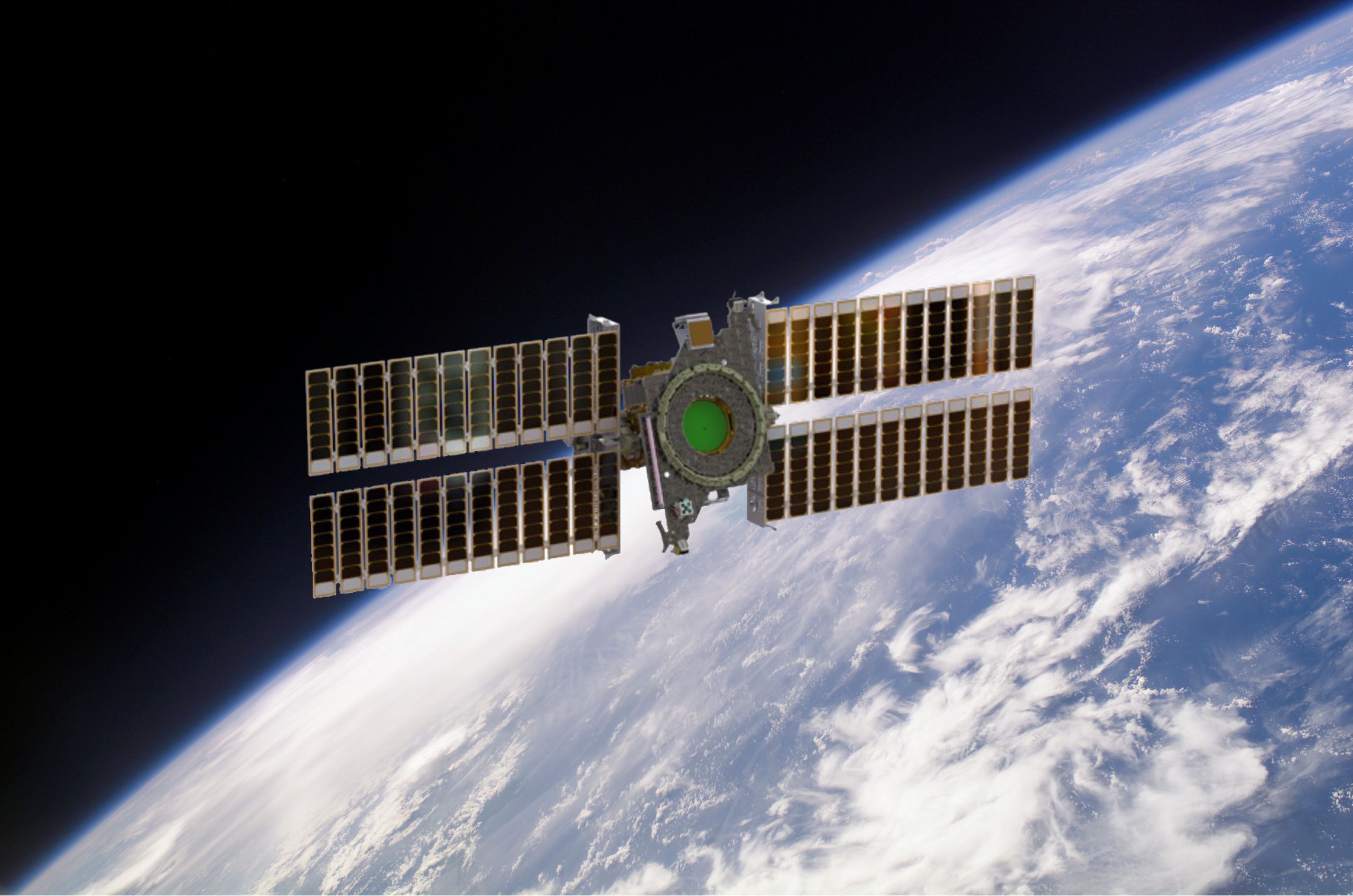
Athena
NASA, the U.S. Space Force, NOAA, and NovaWurks have strategically aligned efforts to gain wisdom from Athena — a SmallSat that will demonstrate the ability of NovaWurks SensorCraft architecture to support future missions.
Past Missions
News Straight to Your Inbox
Subscribe to your community email news list
We will never share your email address.













